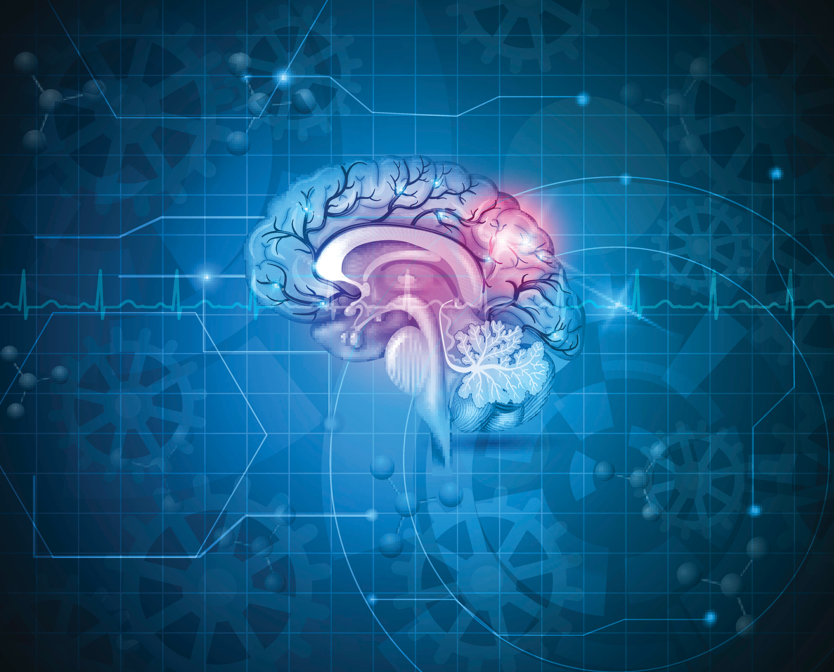Research and Development
The center manages to use a combination of data collection methods in order to obtain Quantitative and Qualitative data that reflect the societies opinion. Phoenix center is capable of analyzing such data by converting the data into real material in order to take action. Therefore, the center is capable of implementing all types of research and field studies that achieve the centers vision.
Needs Assessment: The process begins with a comprehensive assessment of the center’s goals, objectives, and societal development initiatives. This involves identifying key challenges, opportunities, and gaps that require innovative solutions.
Partner Identification: Identify and select suitable external partners based on their expertise, capabilities, and alignment with the center’s goals. Partners may include specialized research organizations, universities, private companies, non-profit entities, or consultancy firms.
Scope Definition: A clear scope of work is defined, outlining the specific research and development tasks to be undertaken. This includes setting expectations, timelines, deliverables, and performance metrics.
Collaborative Research Plan: A collaborative research plan is established, detailing the roles and responsibilities .It outlines the collaborative approach, communication protocols, and mechanisms for sharing data, insights, and progress updates.
Solution Delivery: Upon successful completion of the R&D activities, the external partners deliver the developed solutions, technologies, or innovations to the research center. These solutions are tailored to address specific societal needs and contribute to the center’s developmental goals.
Impact Assessment: The center evaluates the impact of the developed solutions on societal development. This involves measuring outcomes, gauging the effectiveness of the solutions, and assessing their contribution to positive societal change.
Knowledge Transfer: Knowledge and expertise gained during the R&D process are shared between the center and external partners. This knowledge transfer ensures that the center can continue to build upon the research outcomes and sustain the societal development efforts.
Long-term Collaboration: Successful partnerships may lead to long-term collaborations between the center and external partners. This fosters ongoing innovation, continuous improvement, and a sustained focus on addressing societal challenges.
By following these steps, we are capable to effectively leverage external expertise and resources to drive innovation, develop solutions, and contribute to the advancement of societal development goals.



